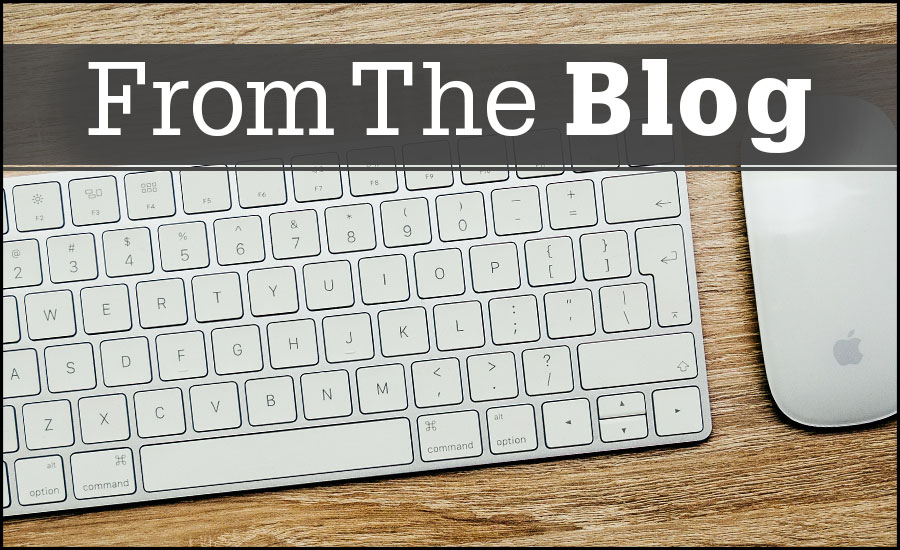Artificial intelligence (AI) and machine learning are changing how we do business. Organizations like Google and Facebook are embracing them wholesale — and as the technology becomes less restrictive and more cost-effective, other businesses will adopt it. It’s as inevitable as the smartphone revolution, or the cloud.
Among the business processes and workflows changed by artificial intelligence will be disaster recovery. Today, we’re going to talk about a few of the major ways AI will change how we keep our organizations up and running during a disaster. We’ll break through the hype to talk about a few of its shortcomings.
It Will Enable Businesses To Automatically Perform Proactive Recoveries
The biggest strength of artificial intelligence is that it is able to analyze data and make decisions with far greater alacrity than even the most skilled human IT professional. In this way, an AI can predict when a system might fail or when a disaster might occur, and respond accordingly. By automating business continuity, businesses will be able to respond far more proactively to potential issues than would otherwise be possible.
It Will Allow IT To Have A More Complete View Of Their Disaster Recovery Status
By combining artificial intelligence with Internet of Things (IoT) sensors and other automation tools, artificial intelligence will allow administrators to have a complete view of what’s going on in their IT environment. They’ll be able to know what systems are failing, what systems are on the verge of failure, and which systems require their immediate attention. More importantly, they’ll be able to more accurately predict when business operations will be restored to normal in an emergency.
It Will Lead To More Efficient, Effective Business Continuity
Artificial intelligence can be used to model and test disaster scenarios, as well as identifying weaknesses and pain points in a business’s infrastructure. This will allow a business create better disaster recovery plans by identifying weaknesses and inefficiencies in their existing processes.
It Will Not Completely Replace Human Administrators
People are understandably frightened that artificial intelligence will eventually replace them in the workplace. And while that may be true to some extent in certain industries (such as manufacturing) it is completely untrue where disaster recovery is concerned. Human IT professionals will still be necessary to help manage, train, and maintain AI, in addition to performing certain tasks (like hardware upgrades) that software platforms are not able to do on their own.
As Peter Thiel wrote in his book Zero to One, “The stark differences between man and machine mean that gains from working with computers are much higher than gains from trade with other people. We don’t trade with computers any more than we trade with livestock or lamps. And that’s the point: computers are tools, not rivals.”
It Will Not Make Businesses 100% Disaster-Proof
Whenever there is a new technology making the rounds, everyone likes to look at it as some sort of holy grail. It was the same with smartphones and the cloud. Caught up in the hype, everyone conveniently forgot that every technology — AI included — has limitations.
There will be incidents that a smart software platform cannot predict. There will be disasters that a smart software platform cannot mitigate. There will be cyberattacks and challenges that artificial intelligence will be unable to deal with on its own.
It Will Not Eliminate The Need For Staff Training
Closely related to our first point, incorporating artificial intelligence into your disaster recovery process doesn’t mean there will be nothing for your employees to do in an emergency. Workers will still have their part to play business continuity, whether that’s communicating with stakeholders, ensuring coworkers are safe and accounted for, or helping maintain critical systems.


Recent Comments
Enterprise Patch Management Policy
Hi Mr. Douglas, I really enjoyed this post....
IT management Support and Services
Modular construction discussion is very important for professional...
Good summary with a couple of questions: At...